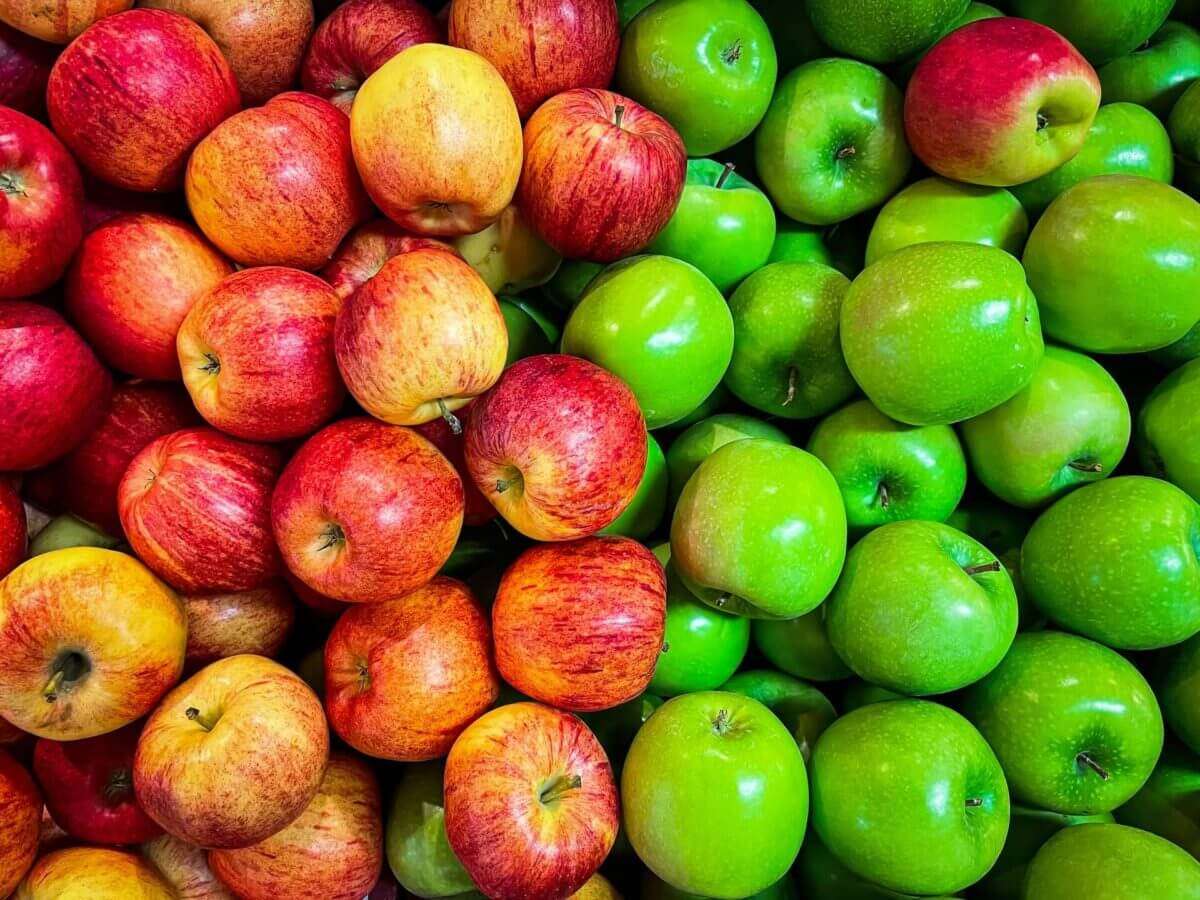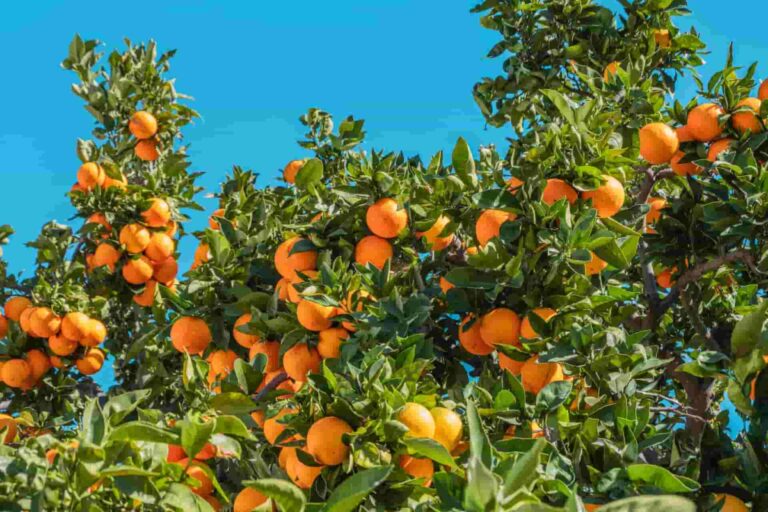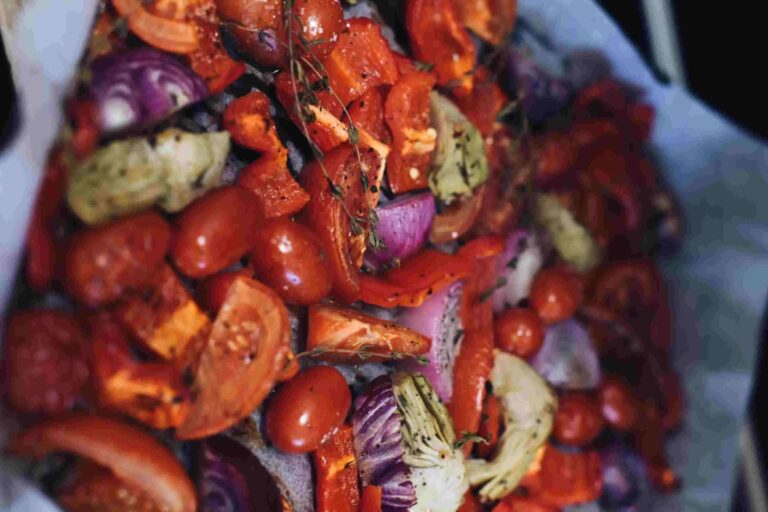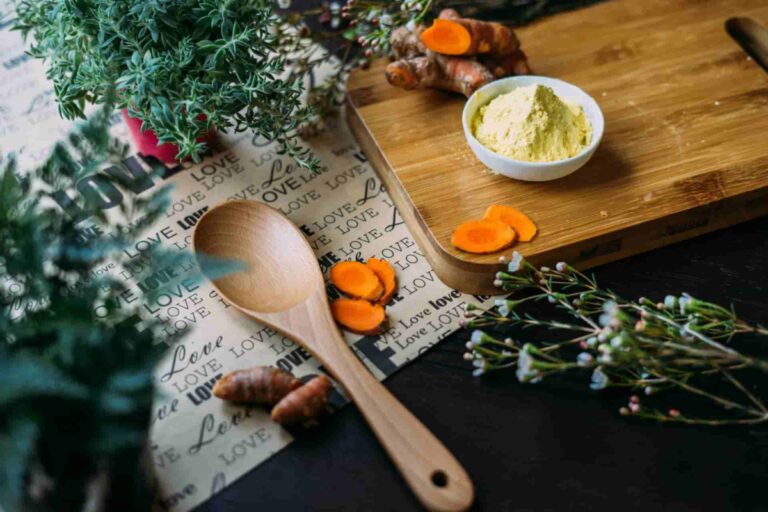Health benefits of apples and kitchen tips
Do you know the proverb “an apple a day keeps the doctor away”?
- The original phrase was, “Eat an apple before going to bed, and you will keep the doctor from earning his bread,” which later evolved into the phrase we know today. This proverb was traced to 19th-century Wales and tells us about the importance of eating healthy.
- An apple is a tree that bears the fruit, which is edible and known as an apple. Apple trees are the most frequently cultivated species in the genus Malus and may be found in almost every country on Earth. The tree is said to have originated in Central Asia, which is also the location of its wild parent, Malus sieversii.
- Apples have been cultivated in Asia and Europe for thousands of years, and they were introduced to North America by European colonists. Apples are imbued with spiritual and mythical importance in a variety of world traditions, including those of the Norse, the Greeks, and the European Christians.
- There are around 7,500 different apple varieties that are known to exist. Different cultivars are cultivated to produce apples with varying flavours and qualities, making them suitable for a variety of applications, such as cooking, eating raw, and making cider.
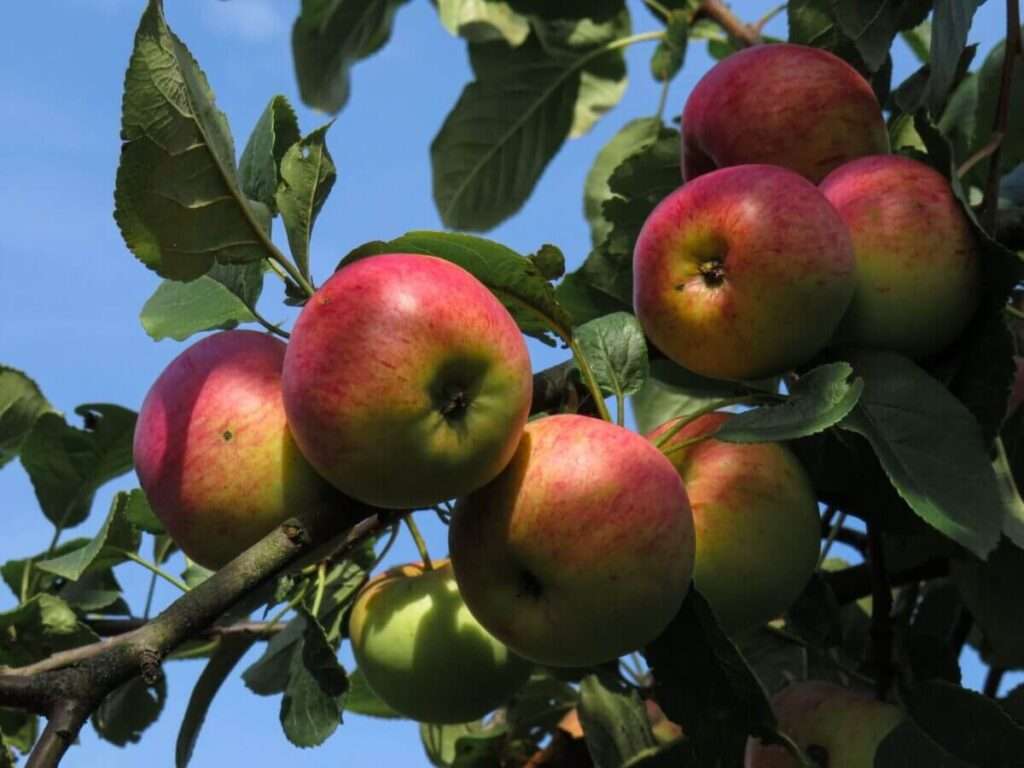
Apple nutrition values and health benefits
- Apples are an excellent food choice for their high levels of fibre and vitamin C. They also include antioxidants, such as vitamin E, as well as polyphenols, which are responsible for the fruit’s many positive effects on one’s health. If you want to get the most out of your apples, eat them with the skin on since it includes most of the beneficial polyphenols and half of the fibre.
- Apples have a high fibre content as well as a high water content, both of which contribute to their ability to satisfy hunger. Your hunger may be better controlled when you have a growing sense of fullness, which can be an effective technique for weight reduction. Because of this, it is possible that you may consume less calories as a result. It is interesting to note that apple polyphenols may potentially have benefits that fight obesity.
- Apples are good for your heart in a number of different ways. They contain a lot of soluble fibre, which is beneficial for lowering cholesterol. They also include polyphenols, which have been associated with reduced risk of stroke and decreased blood pressure.
- Pectin is a form of fibre that may be found in apples and functions as a prebiotic. This indicates that it nourishes the microbiota in your gut, which consists of the beneficial bacteria that live there. Because it is engaged in a wide variety of tasks that are important to both health and illness, the microbiota in your gut plays an important part in the general health of your body. Many times, a healthy stomach is the key to excellent overall health.
- Apples include components that may help control immune responses and provide protection against asthma. These compounds are antioxidants and anti-inflammatory agents. Nevertheless, further study is required, particularly in human subjects.
- Apples contain a powerful natural antioxidant, called quercetin. Even while quercetin is very effective in eliminating cancerous cells, it seems to have little effect on healthy cells. There are positive indications that quercetin may benefit lung cancer, breast cancer, and prostate cancer patients. A diet rich in fruits and vegetables offers quercetin and other powerful cancer-preventative antioxidants.
- Fruit allergies to apples are possible. After biting into an apple, you could feel a tingling sensation in your mouth and lips. Shortly after eating apples, you might have more severe symptoms. If you have symptoms after eating apples, you should seek medical attention and speak with your healthcare practitioner about being tested for an apple allergy.
- Dried apples may contain sulphites, which may make asthma symptoms worse in those who are already exposed to them. Fresh apples, on the other hand, are excellent for asthma. A sudden increase in apple consumption might create intestinal pain if you aren’t accustomed to eating a lot of fibre-rich foods on a regular basis.
1 cup / 182g of raw apple has 95 calories (397kcal), 0.5g protein, 0.3g fat, 25.1g carbs, including 4.4g fibres
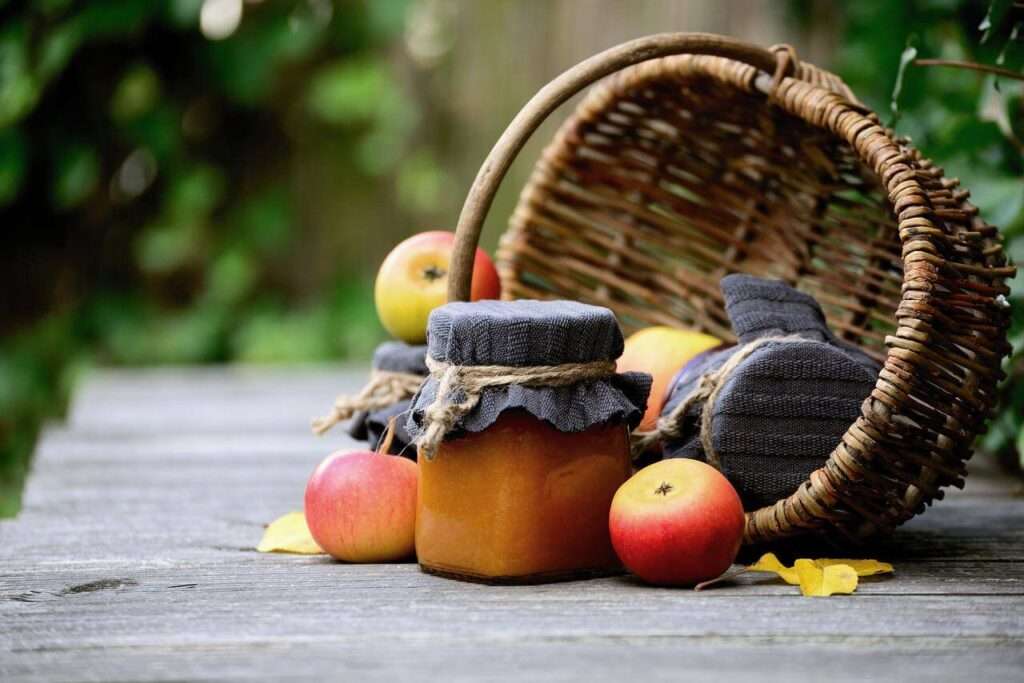
How to store apples and how to buy them
- It is important to choose firm apples that do not have broken skin, bruises, or soft patches when selecting your apples. You should also avoid washing your apples until you are ready to cook and consume them.
- During the harvest season, which runs from August to November, apples may be less expensive and crisper. Local varieties may be available at farmers markets and farm stands, where you may sample them before making a purchase.
- If you carried the apples home in a plastic bag, you should cut the bag open or poke some holes in it before putting it away for storage. This will help prevent the apples from going bad. It is OK to keep apples in the refrigerator, pantry, or kitchen as long as you intend to consume them within a week or so. Just make sure they are kept in an area that is both cold and dry, and that they are not near any sources of heat. As a general rule, the location should be as cool as possible since apples mature far more slowly in cold temperatures than they do at room temperature.
- The refrigerator is the best option for storing apples for an extended period of time. Put the apples in the drawer designated for fresh fruit or in another area of the house that is free from pungent scents. Alternately, if you had a much larger quantity of apples than would fit in the refrigerator, you may look for another cool location where they could be stored.
- You always have the option of making jams, compotes, or canned applesauce if none of the other two solutions above is feasible for you. It would be a wonderful step up from purchasing commercial ones since it is durable and lasts for a considerable amount of time.
- If you have a large quantity of apples stored together, you should check on them once per week or so. During that inspection, choose the items that are of poor quality, and then either put them to good use or dispose of them. Because of this, the germs won’t spread to the ones that are healthy. Toss the apple if it has become mushy or if it is leaking juice from any openings in its skin. The same thing should be done if you see large brown stains or symptoms of mould development.
- It is still safe to consume the apple even if it has wrinkled skin and a gritty consistency, provided that everything else about it is in good condition. On its alone, though, it won’t have much of a flavour. Therefore, it is most likely more beneficial to grate it and add it to a salad. It’s possible that your apples, despite their beautiful appearance on the exterior, are already brown on the inside. If they were treated improperly when they were being stored, this is often the result. If this occurs, you should throw the fruits away.

Cooking techniques, secrets, and tips from the kitchen
- Apples may be consumed in their natural state, turned into sauce or jelly, or included into a wide range of savoury and sweet recipes, including salads, meat dishes, pies, and other desserts. Apples, in their fresh form, may be used to make juice, vinegar, cider, and alcoholic drinks such as hard cider and apple brandy. Apples, in their dried form, can be included into a wide range of baked products or can also be consumed as a snack.
- When it comes to baking apples, there are a variety of options. Alternatively, the apples may be peeled and cores removed, or they can be left whole and unpeeled. A few recipes demand for the cores of the apples to be removed first before the apples are sliced in half. Before baking, most recipes call for a filling to be placed to the apple’s cavity. If you like a more complex filling, you may combine butter, brown sugar, syrup, honey, apple juice, water and cinnamon and nutmeg with other ingredients like dried fruit and nuts to create your own unique flavour. The following recipe is only one of several that include some of the items listed below.
- When preparing apples for frying, they may be chopped into rings, wedges, or slices. Moreover, depending on the recipe, they may be eaten either peeled or unpeeled. When apples are fried, they are often done so in butter along with either white sugar or brown sugar. This helps the apples maintain their form. Additional components, such as cinnamon, nutmeg, salt, an egg, and water, may be required for some recipes. When cooking apples, several recipes call for the use of vegetable oil instead of butter.
- Applesauce is a well-liked cuisine that takes little effort to prepare and calls for only a handful of ingredients. Apples for cooking, sugar, and water make up the three primary components of this dish. Enhancing the taste with other components, such as cinnamon, nutmeg, cloves, lemon juice or zest, apple cider, or any combination of these, is possible. The applesauce included in this recipe is made using just the most fundamental of ingredients.
- When apples are dried, the moisture is removed, leaving behind an apple with a taste that has been concentrated. Dried apples are an excellent source of sweetness and nutrition, and they are simple to preserve. They may also be reconstituted for use in both sweet and savoury recipes after being reconstituted. Apples may be dried using any one of a number of different techniques. They may be dried in the sun, dried in the oven, or dried in a dehydrator.
- When it comes to baking, you want to choose apples that have a crisp peel and won’t go mushy even when the temperature becomes rather high. These kinds are likewise sour, but they have a hint of sweetness, which makes them perfect for adding a touch of natural sweetness to any recipe. Granny Smith, Gala, Jonathon’s, and Braeburn apples are, to name just a few varieties, some of the finest apple varieties for use in baking.
- Apples for breakfast are not only a delightful food option, but they are also a nutritious one. Apple muffins are fantastic for breakfast, an afternoon snack, or even dessert. You might bake some apple bread or make some overnight oats with apple and cinnamon. Every one of these possibilities is a dish that can be prepared quickly and easily.
- One of the most effective methods to sneak apples into your diet is by using them in a smoothie. Any recipes for smoothies incorporate apples and other ingredients that may help you feel filled for longer, which may assist in the process of weight reduction. You’re going to really like how creamy, tasty, and nutritious they are for you.
- The addition of raw apple to a salad guarantees to make it more tart and more crunchy. You may cut them into perfect matchsticks or wedges, or you can slice them, dice them, or dice them. The form is up to you. You might prepare a straightforward salad with fennel, apple, and hazelnuts and coat it with a crisp lemony dressing. Alternatively, you could prepare some cooked beetroots, apple, and sliced celery and dress them with soured cream and dill. They will fit right in with an eclectic slaw and even work well as a component of a remoulade made with celeriac.
- Apples are the ideal complement to fatty meats like pig or duck because their tartness helps to cut through the grease. Either slice them very thickly and bake them as a bed for your roasting joint, or serve them as a stewed apple sauce with a few specks of thyme. They go well with a sharp, salty cheddar, whether it’s on a cheese board, in a toastie, or even in a pie every once in a while, as is the custom in the North. It would be a mistake to discount their usefulness in a basic soup; even a little amount of them added to a soup made of celery, beetroot, cauliflower, or squash would make the dish more interesting.
- Apples work nicely with a variety of nuts and fruits, including almonds, apricots, caramel, cardamom, chestnut, cinnamon, citrus, cranberry, currant, ginger, hazelnuts, mango, maple, orange, rosemary, and walnuts. It is very delicious when combined with brandy, kirsch, Madeira, rum, and vermouth. There are a lot of terrific apple cocktails out there to serve as an example.

History of apples from the beginning until today
- The tree is believed to have originated in Central Asia and has been cultivated for thousands of years in the Tian Shan mountains, with some estimates stating that it has been there for over 10,000 years. Apple was brought to Europe by European colonists in passage from Asia, and it was subsequently brought to North America by European colonists.
- Throughout history, apples have appeared in a variety of religious systems, frequently as a mythological or forbidden fruit.
- In Greek mythology, Hero Heracles was obliged to get the golden apples of the tree of life, which he did as part of his 12 labours. The apple was claimed by Hera, Athena, and Aphrodite.
- The apple is considered to be the forbidden fruit of Eden in the Christian faith, and it is this fruit that Eva tempts Adam to share with her.
- According to Norse mythology, apples are given to the gods in order to provide them the gift of permanent youthfulness.
- Apple crop is dominated by China, which is followed by the United States and Turkey as the world’s leading producers.
- There are over 7500 recognised apple varieties that are farmed all over the globe, with a wide range of flavours, sizes, and colours to choose from.
